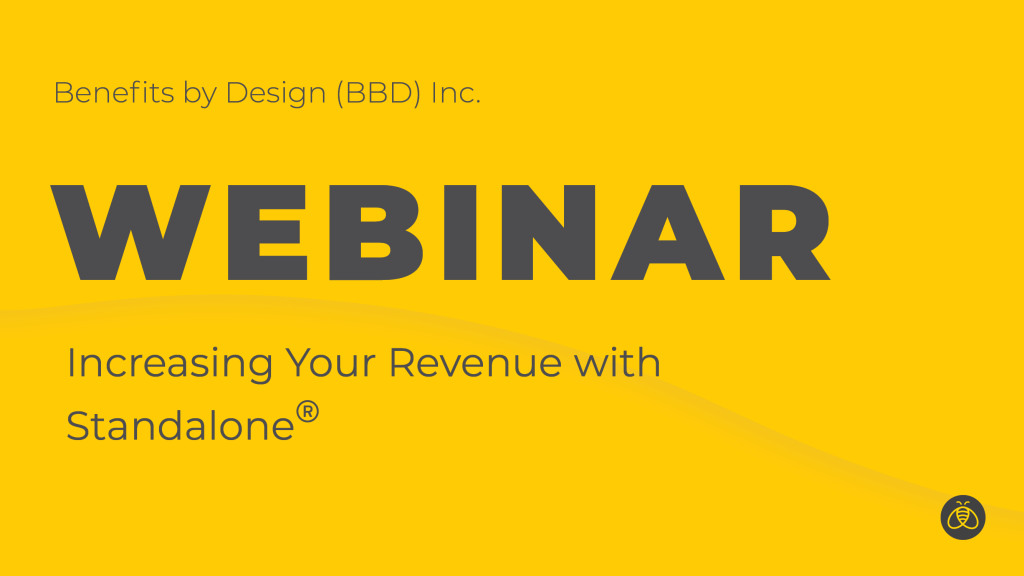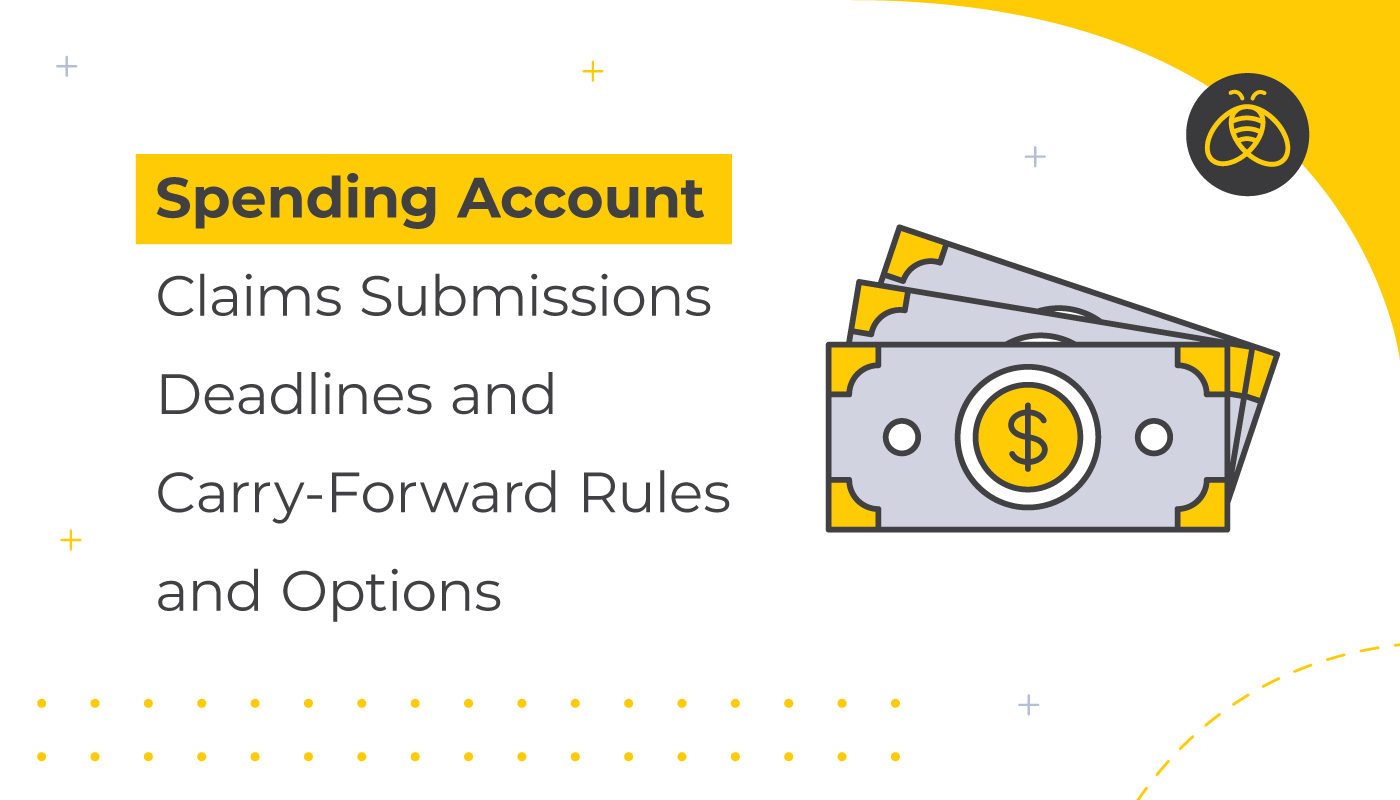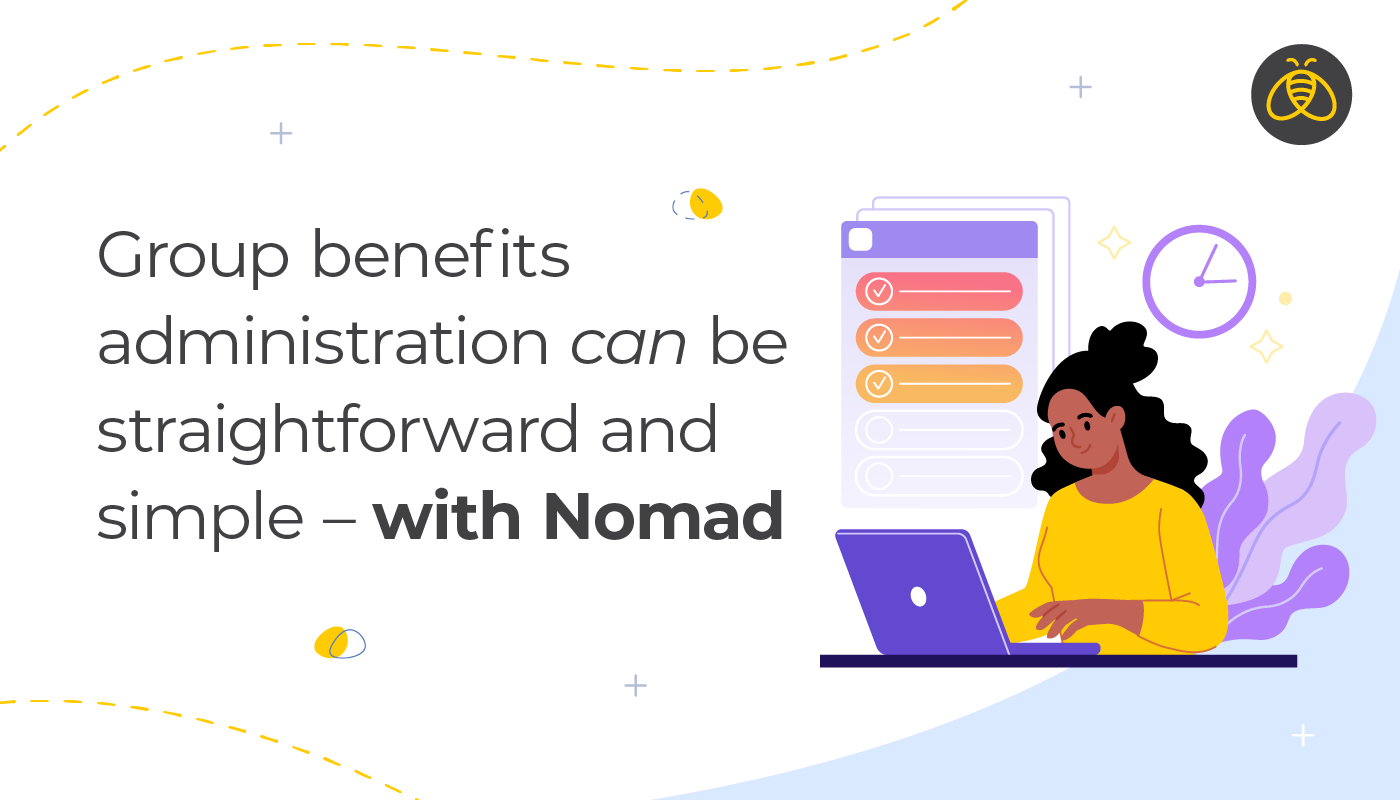Spending accounts can be a great way to keep employee benefits within budget while providing flexibility to employees. The simplicity of them is also quite attractive. However, it is important to ensure that the details surrounding spending account claims submissions and carry-over rules are well known so employees can get their claims in on time.
Allocation Options
There are different options for how spending account allotments can be delivered to employees. An allotment is the amount of money that is provided via the spending account to each employee. The amount depends on the plan design, as well as specifics such as employee class and hire date.
- Annual – This means the full amount is put into the employee’s spending account at the beginning of each benefit year. For spending accounts, this is usually January 1st.
- Semi-annual – This means that half the amount is provided at the beginning of the benefit year, and the other half is provided halfway through the benefit year.
- Quarterly – as the name implies, a quarter of the allotment is given on a quarterly basis
- Monthly – the total allotment amount is divided by 12, and that amount is provided each month. While allotment amounts may be split up, employees do not have to “use” all of that amount during that month. More on that below.
- Pro-rating – this is used for new employees who start part-way through the benefits year. The allotment is calculated based on how much of the benefit year is left and then that amount is provided. For example, if an employee became eligible on April 1st, and the full allotment amount was $800, the employee would receive 3 months less, or ¼ less of their allotment. Therefore, they would receive $600 for the first year.
Combination Spending Accounts – Employee’s Choice
Employers can give employees a combination spending account, and can choose to allow employees to decide how much they would like to allocate to each type of spending account. What are these types of accounts? Either a Healthcare Spending Account (HCSA), or a Wellness Spending Account (WSA).
When it is the employee’s choice, there will be a deadline for them to choose how much they wish to allocate to each account. Specifically for the Benefits by Design Standalone® product, the deadline is within 30 days. If no choice is made, the full amount will default to their HCSA.
Claims Submissions Deadlines
Spending accounts also have deadlines by which all claims need to be submitted. Depending on the situation or the plan design, these can vary.
Health insurance deadlines and reminders for employers and employees
At the End of the Year
Spending account claims must be entered within a specified time at the end of each benefit year (usually on December 31st) in order to be reimbursed. For most plans, there is a three (3) month window during which all claims from the previous year must be submitted. If this is the case, then by the end of March, all claims should be entered in order to be considered for reimbursement.
At Termination of Employment
When an employee is terminated, they have a grace period during which they can submit any spending account claims that were incurred during their employment. A common grace period is 30 days. But employees should always confirm with their employer or plan administrator regarding the amount of time they have to submit their claims.
List of Health Care Spending Accounts (HCSA) Eligible Expenses
List of Eligible Expenses With a Personal Spending Account (PSA)
Carry-Forward Options and Rules
Spending accounts have a nifty option called carry-over or carry-forward. It is also sometimes referred to as rolling type. Essentially, it means that unused amounts or unsubmitted claims can be carried forward (or rolled over) into the next benefit year.
Balance Carry-Forward
With this method, any unused allocation amounts from the previous year are “kept” in the account, and can be used towards claims in the next year. For example, if an employee has $300 leftover from 2022, they can use that, plus their new allocation from 2023, towards claims in 2023.
Most plans have a carry-forward time limit, with 12 months being the most common. This means that if unused amounts from 2022 are not used within 12 months (or by the end of 2023), any leftover amount is forfeited.
Claims Carry-Forward*
Just as the balance can be carried forward, so can claims. With claims carry-forward, unpaid amounts for a claim from one year can be submitted to the next year for reimbursement. Employers cannot choose both balance and claims carry-forward, they can only select one or the other.
For example, say an employer provided a $1,000 HCSA. An employee has a large claim for hearing aids that cost $1,500. They submit the claim to their 2022 HCSA and are reimbursed $1,000. With claims carry-forward, they can submit the claim again in 2023 and be reimbursed for the remaining $500.
This option is only available with claims carry-over. If this is not part of the plan design, there is no way to be reimbursed for claims incurred in the current year (2022) with funds from the next year’s allotment (2023).
*Claims carry-forward is not available with the Benefits by Design Standalone® product or with a Wellness Spending Account (WSA).
Did You Know?
Employees that have both fully-insured coverage and an HCSA can submit extended health and dental premiums as an eligible expense. For example, some employees in good health may only use their dental for maintenance. Therefore, their HCSA funds go largely unutilized. Employees can submit their 50% cost-sharing amounts for their health and dental premiums to their HCSA.
For small, incorporated businesses with 1 or more employees that are not eligible for fully-insured coverage, this can be taken one step further. A plan member can purchase individual health and dental insurance and submit their premiums under their HCSA for reimbursement. By doing this, the plan member is able to stretch their dollars further and receive coverage beyond the allotment.
Learn more about how this works. Watch our Webinar – Increasing Your Standalone Revenue

Conclusion
Spending accounts are a great way to provide employees with flexibility in their health, dental and lifestyle employee benefits. Just make sure to communicate all the details with employees. You want to make sure they are aware of all claims submissions deadlines, as well as any carry-over options and how they work.


